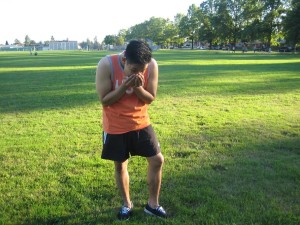Allergy shots or immunotherapy involve regular injections that are administered into the skin. The allergy shots basically introduce a small amount of an allergen to the body of an individual suspected with a particular allergy, thus the immune system is required to stop reacting to the usual levels of the allergen. It is important to note that immunotherapy is usually given 3-5 years yet some individuals require longer treatment in order to stay less reactive to the allergen. The allergy shots are highly effective in minimizing the allergy and asthma symptoms and also linked with a few side effects.
Localized side effects
The usual side effects of allergy shots occur at the site of the injection since allergy shots contain a small amount of the allergens specific to the individual. Swelling, redness and itchiness can occur right away or within a few minutes after a shot was given. In some circumstances, the localized reactions can manifest 4-8 hours after the shot was given. These reactions can be noted and compared with the reactions from allergy skin testing that are utilized to identify the allergens. Additionally, bruising is also possible at the site where the injection was administered. The bruises can occur occasionally or even at every shot among highly sensitive individuals and typically cover a small region and only momentary. Remember that bruising is quite common when shots are administered into a muscle. In most cases, the local reactions usually occur within the initial 20 minutes after the shot.

Allergic reactions
In some circumstances, allergy shots can worsen the symptoms of an allergic reaction and trigger wheezing, cough and other reactions. Persistent wheezing and chest tightness can also occur. The symptoms are likely to occur when a regular schedule of allergy shots are missed. Remember that a successful treatment can be achieved with continuous administration of immunotherapy to provide consistent levels of the allergen in the body. In some circumstances, the symptoms can develop after prolonged localized reactions. When localized reactions occur, a doctor must be informed so that the contents of the allergy shot can be adjusted to local and allergic reactions with future shots.
Anaphylaxis
In rare cases, the life-threatening symptoms of anaphylaxis can occur right away or after 30 minutes after an allergy shot was given. The symptoms include chest tightness, low blood pressure and wheezing that can disrupt with breathing and cause loss of consciousness.
Remember that anaphylaxis is a medical emergency that is often managed with an injectable epinephrine to reserve the reaction. In most circumstances, individuals who were given allergy shots stay at the clinic or hospital for 30 minutes in order to identify the side effects including anaphylaxis. If you want to be prepared to handle this severe reaction, simply enroll in a first aid course today.
